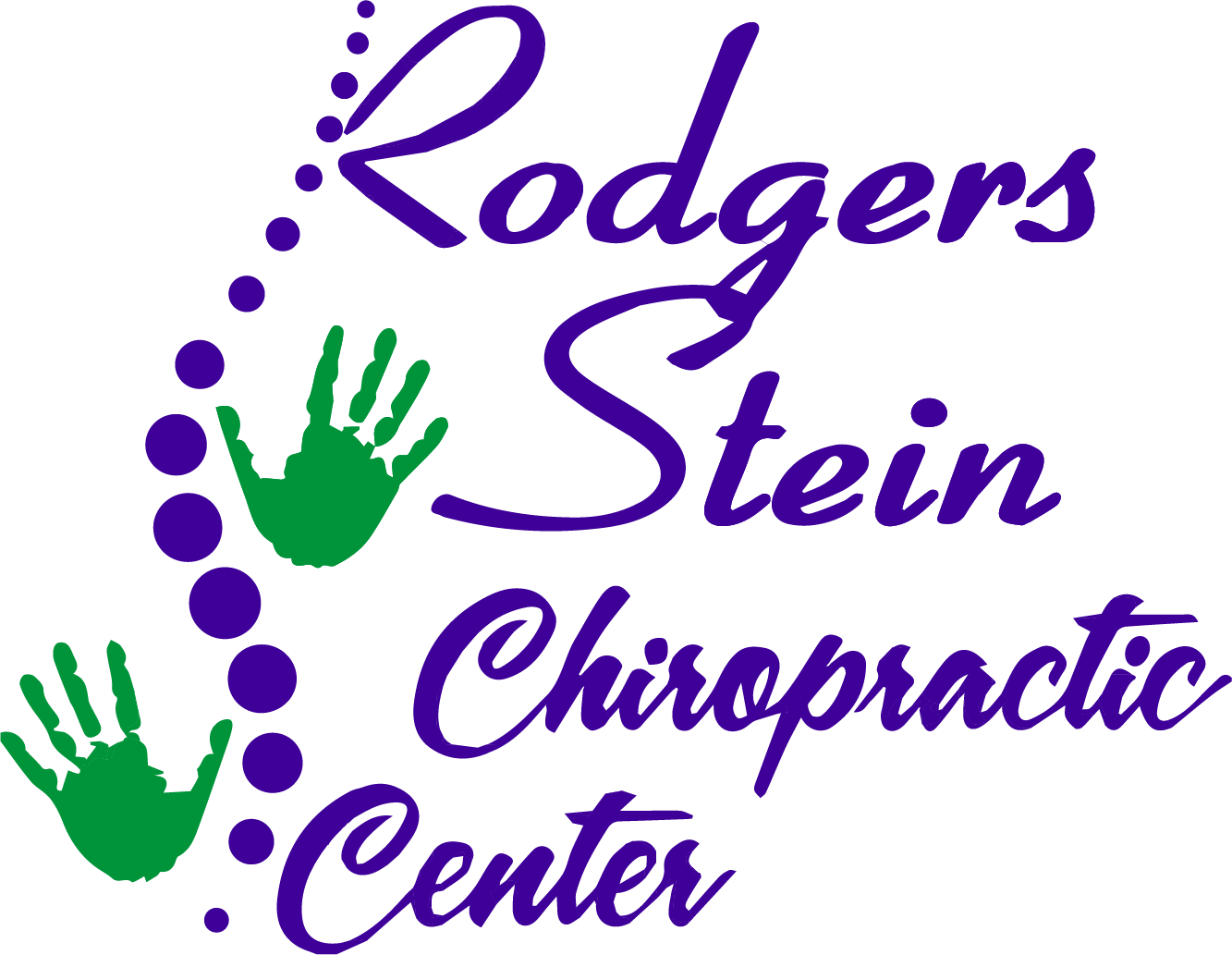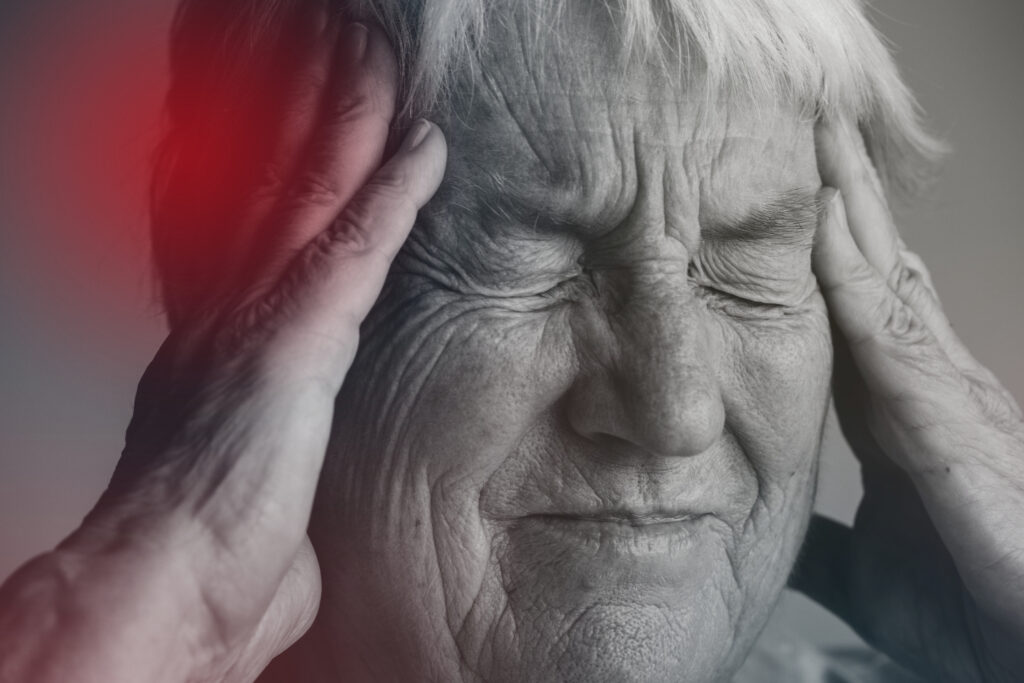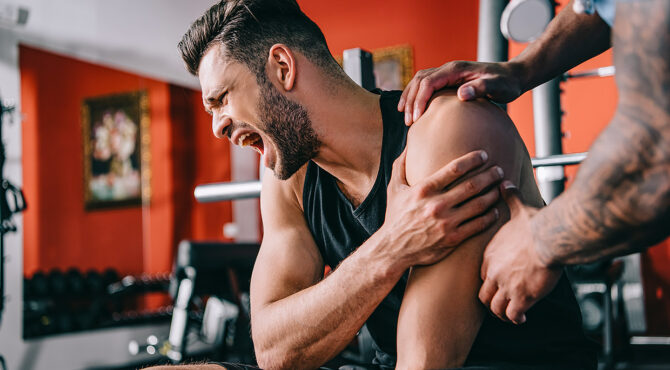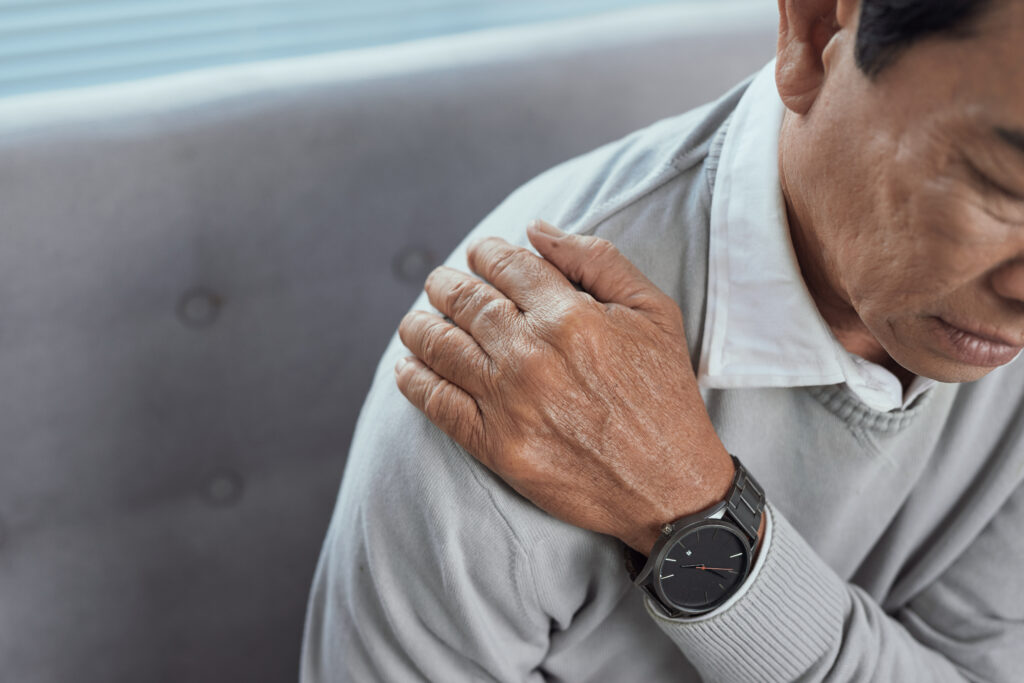When you think about senior mobility, it's easy to overlook the impact of gentle adjustments in daily routines. You might not realize how simple changes can greatly enhance flexibility, strength, and overall confidence. By focusing on effective stretching techniques and ergonomic spaces, you can help seniors navigate their environments more comfortably. But what are the specific adjustments that can lead to these improvements, and how can they be seamlessly integrated into everyday life? Exploring these questions could reveal transformative strategies worth considering.
Understanding Senior Mobility Challenges
As we age, mobility can become a considerable challenge for many seniors. You might notice that simple tasks, like getting up from a chair or walking up stairs, require more effort than they used to. This decline often stems from a combination of factors, including decreased muscle strength, joint stiffness, balance issues, and chronic conditions like arthritis.
Each of these elements can greatly impact your day-to-day activities and overall quality of life.
You may also find that your body doesn't respond as quickly to changes in movement or posture, leading to a greater risk of falls. This fear of falling can create a cycle of inactivity, where you avoid certain movements which further weakens your muscles and limits your mobility.
Social activities, exercise, and even basic errands can become intimidating and less enjoyable as a result.
Additionally, you might face emotional challenges. Feeling frustrated or dependent on others can be hard to cope with. It's important to recognize these feelings and seek support, whether from family, friends, or professionals.
Understanding that you're not alone in these experiences can be comforting.
Benefits of Gentle Adjustments
Gentle adjustments can greatly enhance your joint flexibility, making everyday movements easier.
You'll also notice improved balance control, which helps reduce the risk of falls.
Plus, these adjustments can lead to lower pain levels, allowing you to enjoy life more fully.
Enhanced Joint Flexibility
Enhancing joint flexibility through gentle adjustments can greatly improve your mobility and overall well-being.
When your joints have more flexibility, you'll notice a significant difference in how you move throughout your day. Gentle adjustments help release tension and promote a greater range of motion, making it easier for you to perform everyday activities.
Here are some key benefits of increased joint flexibility:
- Reduced Pain: Enhanced flexibility can alleviate discomfort in your joints, allowing for a more active lifestyle.
- Improved Posture: Flexible joints contribute to better alignment, reducing strain on your muscles and supporting a healthier posture.
- Easier Movement: With more flexibility, you'll find it simpler to bend, stretch, and twist, enhancing your overall mobility.
- Enhanced Quality of Life: Improved joint function leads to increased independence and the ability to engage in hobbies and social activities.
Improved Balance Control
Improving your joint flexibility not only boosts your mobility but also plays a significant role in enhancing your balance control. When your joints can move freely, you're better equipped to maintain stability, especially during activities like walking or standing. Gentle adjustments help align your body, making it easier for you to shift your weight without losing your balance.
As you experience improved joint flexibility, your body becomes more aware of its position in space. This proprioception is essential for preventing falls, which are a common concern as we age. With better balance control, you'll feel more confident in your movements, allowing you to engage in daily activities with ease.
Additionally, enhanced balance control can reduce the fear of falling, which often leads to a more active lifestyle. When you know your body can support you, you're more likely to participate in social events or exercise routines that keep you fit and healthy.
Incorporating gentle adjustments into your routine can therefore transform not just your mobility, but your overall quality of life. By prioritizing balance control, you're setting the stage for a more independent, active future.
Reduced Pain Levels
Over time, many seniors experience chronic pain that can hinder their mobility and overall well-being. This pain often stems from conditions like arthritis, muscle tension, or past injuries.
Fortunately, gentle adjustments can play a significant role in alleviating discomfort, allowing you to regain the freedom of movement.
When you undergo gentle adjustments, you might notice several benefits that contribute to reduced pain levels:
- Increased Joint Mobility: Gentle adjustments help restore proper alignment, reducing stiffness and enhancing flexibility.
- Muscle Relaxation: These adjustments can release tension in tight muscles, leading to immediate relief and improved movement.
- Enhanced Circulation: Increased blood flow to affected areas promotes healing and reduces inflammation, further easing pain.
- Holistic Approach: Gentle adjustments consider your overall health, addressing not just the symptoms but the underlying causes of pain.
Effective Stretching Techniques
While maintaining flexibility can sometimes be overlooked, effective stretching techniques play an essential role in enhancing mobility for seniors. Incorporating these techniques into your daily routine can improve your range of motion, reduce stiffness, and promote overall well-being.
Start with gentle stretches that focus on major muscle groups. For instance, the seated hamstring stretch is a great option. Sit at the edge of a chair, extend one leg forward, and reach toward your toes. Hold this position for 15 to 30 seconds, and then switch legs. This stretch not only targets the hamstrings but also helps maintain balance.
Another effective stretch is the shoulder roll. Sit or stand comfortably, and gently roll your shoulders backward and forward in a circular motion. This simple exercise can alleviate tension and improve shoulder flexibility. Aim for ten rolls in each direction.
Don't forget about the importance of breathing while you stretch. Inhale deeply as you prepare to stretch and exhale as you gently ease into the stretch. This helps you stay relaxed and enhances the benefits of each movement.
Finally, consistency is key. Aim to stretch at least three times a week. You'll notice improvements in your mobility and overall comfort.
Importance of Ergonomic Spaces
Creating ergonomic spaces is essential for reducing strain on seniors and enhancing their comfort during daily activities.
When you design environments that prioritize ease of movement and accessibility, you greatly improve their quality of life.
Let's explore how thoughtful adjustments can make a real difference.
Reducing Strain on Seniors
In designing spaces for seniors, prioritizing ergonomics can considerably reduce physical strain and enhance daily living.
When you create environments that cater to their needs, you empower seniors to move with greater ease and confidence.
Ergonomically designed spaces can help mitigate common issues like back pain, joint strain, and fatigue.
Here are some key considerations for reducing strain on seniors:
- Adjustable furniture: Chairs and tables that can be modified in height make it easier for seniors to sit down and stand up without discomfort.
- Non-slip surfaces: Flooring materials that provide traction can prevent slips and falls, fostering a safer living environment.
- Adequate lighting: Good lighting reduces eye strain and helps seniors navigate spaces safely, especially during twilight hours.
- Accessible storage: Positioning frequently used items within easy reach minimizes the need for bending or stretching, reducing strain on the back and joints.
Enhancing Daily Activities Comfort
Ergonomic spaces can greatly enhance the comfort of daily activities for seniors, making tasks easier and more enjoyable. By prioritizing design that supports natural movement, you can considerably reduce physical strain and improve overall well-being.
For example, using adjustable furniture allows you to find the perfect height for sitting or standing, which can alleviate discomfort during activities like cooking or reading.
Consider the layout of your living space. Confirm that frequently used items are within easy reach to minimize bending or stretching. Organizing your kitchen with items at waist level can make meal prep less challenging.
Adding non-slip mats in areas prone to spills can also prevent accidents, confirming safety as you move about.
Lighting plays a critical role too. Well-lit spaces can help you navigate more easily and reduce the risk of falls. Installing task lighting in work areas can make reading or crafting more enjoyable.
Finally, incorporating supportive seating in common areas can provide a comfortable place to rest and socialize.
Incorporating Mindfulness Practices
Mindfulness practices can greatly enhance senior mobility by fostering a deeper connection between the mind and body. When you engage in mindfulness, you become more aware of your physical sensations, movements, and breath. This heightened awareness can help you move with greater ease and intention, reducing the risk of falls or injuries.
Incorporating mindfulness into your daily routine can transform how you approach movement and physical activity.
Here are some simple mindfulness practices you can integrate into your life:
- Breath Awareness: Take a few minutes each day to focus on your breath. Notice the rhythm and depth of your inhalations and exhalations. This practice grounds you and helps you connect with your body.
- Gentle Stretching: Combine mindful breathing with gentle stretching. As you stretch, pay attention to how your body feels in each position. This can improve flexibility and reduce tension.
- Walking Meditation: Instead of rushing through your walks, slow down. Focus on each step, feeling your feet connecting with the ground. This practice enhances balance and coordination.
- Body Scan: Set aside time to perform a body scan. Lie down comfortably and mentally check in with each part of your body, noticing any areas of tension or discomfort. This can promote relaxation and awareness.
Role of Physical Therapy
Physical therapy plays an essential role in enhancing senior mobility by providing personalized strategies that address individual needs. When you engage with a physical therapist, they'll assess your specific situation, including any limitations or concerns you may have. This tailored approach means you won't be following a one-size-fits-all program, but instead, you'll receive a plan that fits you perfectly.
Your therapist will create exercises aimed at improving your strength, flexibility, and balance. These exercises can help you regain confidence in your movements, reducing the fear of falling. As you progress, you'll notice that everyday activities, like walking or climbing stairs, become easier and more enjoyable.
Additionally, physical therapy can involve education about proper body mechanics and posture, which can greatly impact your mobility. By learning how to move correctly, you can prevent injuries and maintain your independence longer. Your therapist may also introduce gentle techniques, like manual therapy or modalities that promote healing and enhance circulation.
Regular sessions will keep you motivated and accountable, making it easier to adhere to your plan. Plus, the supportive environment can foster a sense of community, as you meet others on similar journeys.
Ultimately, physical therapy empowers you to take control of your mobility, helping you lead a more active and fulfilling life. Embrace this opportunity to transform your mobility and enhance your overall well-being.
Simple Home Modifications
Adapting your home environment can greatly enhance your mobility and safety as you age. Simple modifications make everyday tasks easier and reduce the risk of falls. By making thoughtful changes, you can create a space that supports your independence and comfort.
Start with the layout of your home. Make sure pathways are clear and free of clutter. This simple step can greatly reduce trip hazards. Next, think about installing grab bars in key areas, like the bathroom and hallways, providing you with extra support when you need it most.
Here are a few modifications to think about:
- Non-slip flooring: Use non-slip mats or rugs to prevent slipping, especially in areas that may get wet.
- Adequate lighting: Make certain your home is well-lit, particularly in stairways and hallways. Use night lights to guide you during the night.
- Elevated seating: Choose chairs and beds that are the right height for you, making it easier to sit down and stand up.
- Accessible storage: Place frequently used items within easy reach to avoid straining or overextending yourself.
These simple home modifications can greatly improve your quality of life. By proactively addressing potential hazards, you empower yourself to move around your home with confidence and ease.
Encouraging Regular Exercise
Regular exercise is important for maintaining mobility and overall health as you age. It helps to strengthen muscles, improve balance, and enhance flexibility, all of which are key for preventing falls and ensuring you can move with ease.
Incorporating regular physical activity into your daily routine doesn't have to be intimidating. Start small; even short walks around your neighborhood can make a significant difference.
Consider activities that you enjoy, such as dancing, swimming, or gardening. These can provide both exercise and a sense of accomplishment. Aim for at least 150 minutes of moderate aerobic activity each week, spread out over several days. You don't have to do it all at once—breaking it into manageable segments works just as well.
Strength training is also important, so try incorporating light weights or resistance bands a couple of times a week. These exercises can help maintain muscle mass, which tends to decline with age. Focus on movements that mimic daily activities, like standing from a seated position or lifting objects from the floor.
Don't forget to stretch! Simple stretches can improve your flexibility and range of motion, making daily tasks easier. Remember to listen to your body; if something doesn't feel right, it's important to adjust your routine or seek professional guidance.
Community and Support Resources
Connecting with community and support resources can greatly enhance your mobility journey as a senior. Engaging with local groups and services not only provides practical assistance but also fosters social connections that can improve your overall well-being.
Whether it's finding a local exercise class, accessing transportation services, or receiving help with daily tasks, these resources can make a significant difference.
Here are some community and support resources you might consider:
- Senior Centers: These centers often host fitness classes, social activities, and educational workshops tailored for seniors, helping you stay active and engaged.
- Local Nonprofits: Many organizations offer services like transportation for medical appointments, meal deliveries, and companionship programs, ensuring you have the support you need.
- Health and Wellness Programs: Look for programs specifically designed for seniors, focusing on gentle exercises, nutrition, and wellness education. These initiatives can help you maintain mobility and health.
- Online Support Groups: Virtual communities can provide emotional support and practical advice from others experiencing similar challenges. They can be a great way to connect and share resources.
Conclusion
Incorporating gentle adjustments into your daily routine can transform your mobility and overall well-being. By embracing effective stretching techniques, creating ergonomic spaces, and practicing mindfulness, you can boost your confidence and independence. Don't hesitate to seek support from physical therapy and community resources to enhance your journey. Remember, staying active and making simple home modifications can greatly improve your quality of life. Start today, and enjoy the freedom that comes with improved mobility!



